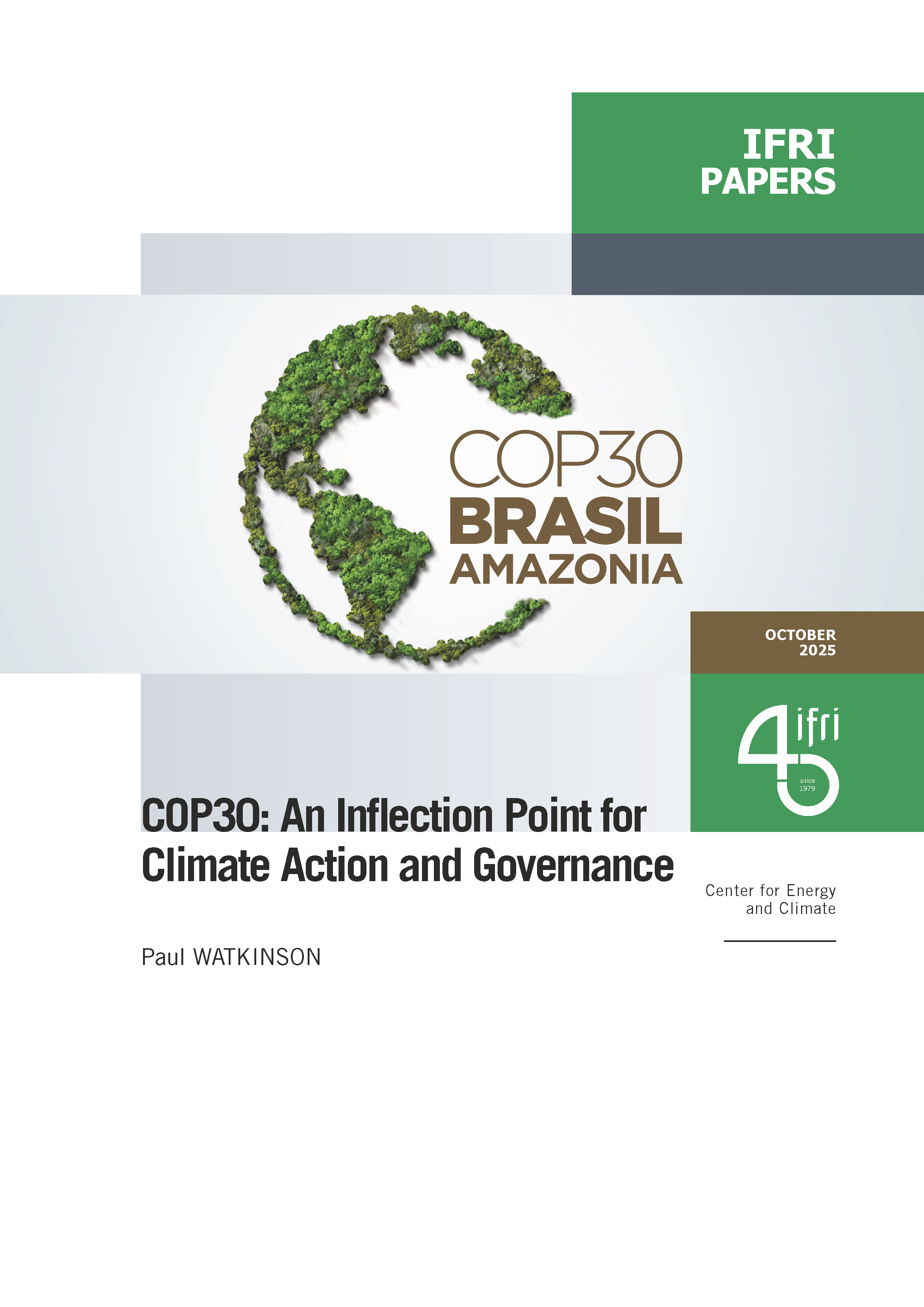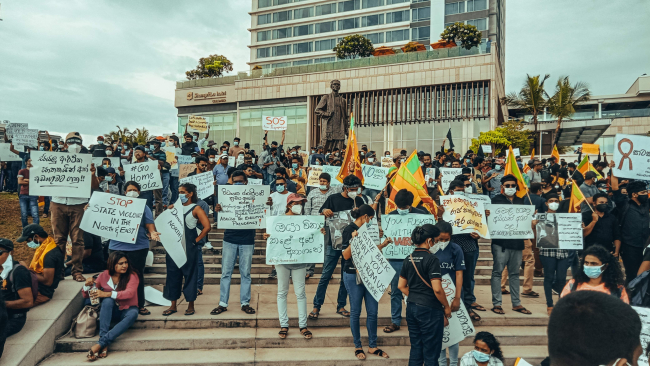Fiscal Deficit, Crowding Out, and the Sustainability of Economic Growth: The Case of the Indian Economy

This study examines the long-run relationship between the fiscal deficit, the crowding out of private capital formation and net exports for the Indian economy during the period from 1980-81 to 2008-09.
Applying unit root tests and cointegration techniques that allow for endogenously determined structural breaks, the analysis is done separately with the gross fiscal deficit of the central government, and the combined deficits of the central and state governments. The results do not indicate any long-run relationship among the variables, despite the balance-of-payments crisis of 1990-91 and sudden jump in deficits from 1997-98 onwards. Our finding supports neither a crowding out nor a crowding in hypothesis between government spending and private investment. On the contrary, our result hints at the Ricardian Equivalence Theory on public debt, implying thereby that it does not matter whether a government finances its spending with debt or a tax increase, the effect on the total level of demand in an economy will be the same.
The fiscal adjustment carried out as a combination of revenue augmenting measures as well as appropriate expenditure adjustment has helped to achieve sustained high economic growth with macroeconomic stability. While the actual numbers for disciplining fiscal deficit is debatable, the way forward for India is the recognition that fiscal responsibility rules are imperative for sustaining macro output growth. Further, standalone fiscal deficit targets would not be sufficient if not supported by targets on revenue or primary deficit.

Available in:
Regions and themes
ISBN / ISSN
Share
Download the full analysis
This page contains only a summary of our work. If you would like to have access to all the information from our research on the subject, you can download the full version in PDF format.
Fiscal Deficit, Crowding Out, and the Sustainability of Economic Growth: The Case of the Indian Economy
Related centers and programs
Discover our other research centers and programsFind out more
Discover all our analyses
Opening up the G7 to South Korea to Address Contemporary Global Challenges
The G7’s global influence has diminished as powers like China reshape international governance through initiatives such as BRICS and the Shanghai Cooperation Organisation (SCO). With the G7 now representing just 10 per cent of the world’s population and 28 per cent of global GDP, its relevance is increasingly questioned.
Expanding SPDMM as a pivotal institution in the Pacific – A French perspective
The South Pacific Defence Ministers’ Meeting (SPDMM) is the only forum that brings together defense ministers from the wider South Pacific — including Chile, which is hosting it for the first time. This heterogeneous group of countries with varying resources, capacities, and interests — Australia, Chile, Fiji, France, New Zealand, Papua New Guinea (PNG), and Tonga — are united by their shared determination to strengthen cooperation on maritime security and humanitarian assistance and disaster relief (HADR) activities.
EU’s Derisking From China: A Daunting Task
With economic security as a major concern, the EU has recently turned to “derisking” from China. The EU strategy entails reducing critical dependencies and vulnerabilities, including in EU supply chains, and diversifying where necessary, while recognizing the importance and need to maintain open channels of communication.
Sri Lanka’s NPP Government. From System Change to Structural Compliance
In September 2024, a relative outsider to Sri Lanka’s two-party-dominated political system, Anura Kumara Dissanayake, won the presidential elections. The anti-establishment, populist movement he represented, the National People’s Power (NPP), went on to receive an overwhelming mandate in the November 2024 general elections, winning 159 seats in a 225-member parliament.








